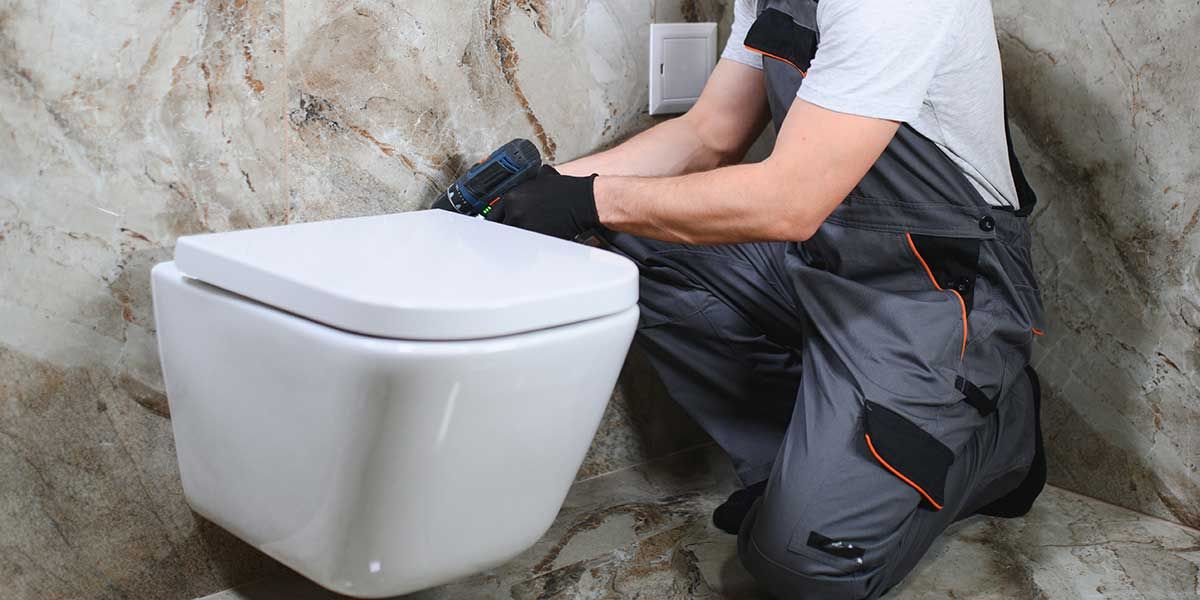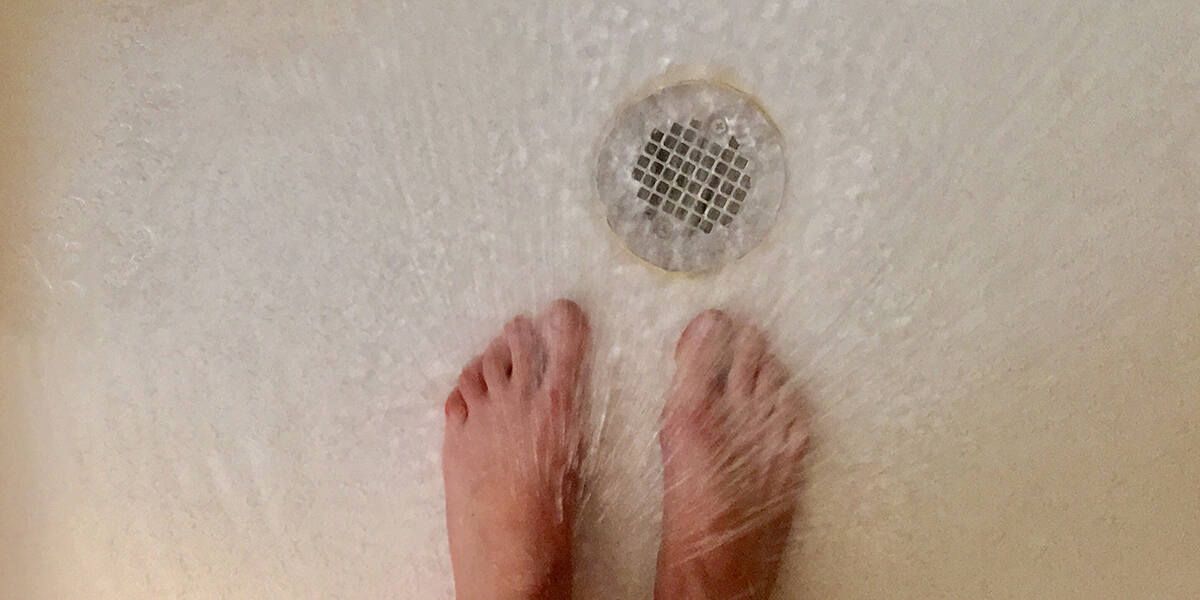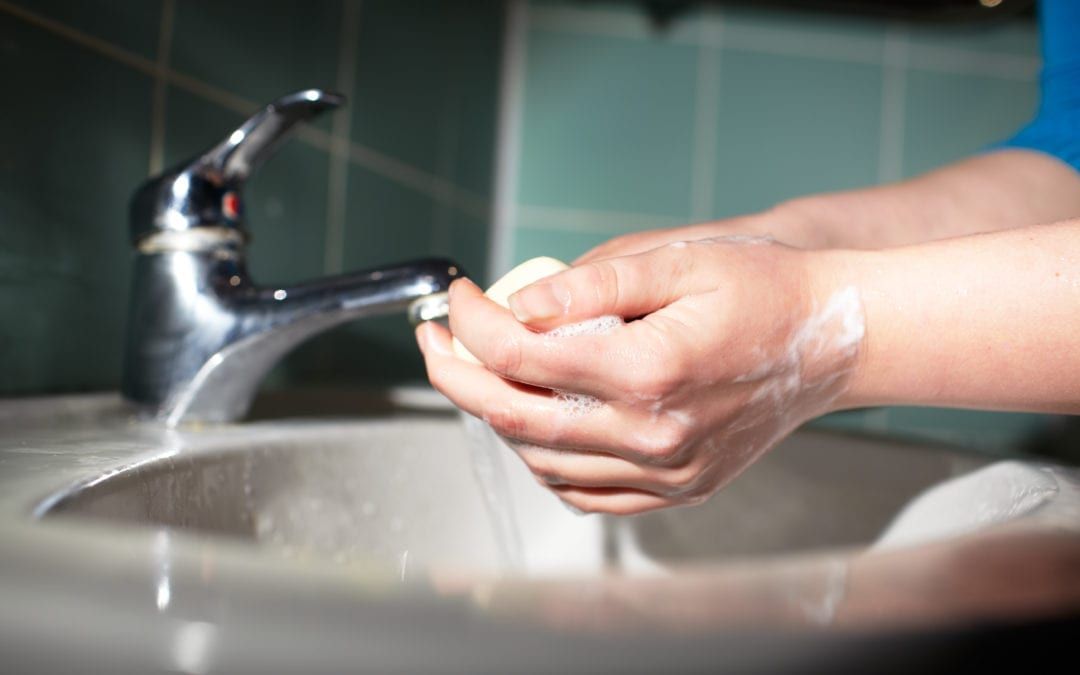Dealing with an unreliable hot water heater can be a source of constant frustration, impacting everything from your morning routine to your monthly utility bills. Whether it’s the surprise of a cold shower or the anxiety of unexpected repair costs, the signs that you need a new hot water heater are often too glaring to ignore.
Understanding these warning signs is vital to avoid the inconvenience and potential damage a failing unit can cause. In this comprehensive guide, we’ll explore the top eight signs you need a new water heater.
Contact Al Coronado Plumbing today and let us bring back the comfort and reliability you deserve in your home.
Water Heater Repair vs. Water Heater Replacement
Understanding the difference between needing repairs and a full replacement water heater is crucial for maintaining an efficient and cost-effective home. A water heater is a key component in your household, providing comfort and convenience. However, when it starts malfunctioning, it can lead to a dilemma: should you repair it or replace it? In this section, we’ll guide you through assessing your water heater’s condition and deciding whether a repair will suffice or if it’s time for an upgrade.
Different Types of Water Heaters
Choosing the right type of water heater involves considering your household’s size, hot water usage patterns, energy efficiency goals, and installation requirements. Whether you prefer the quick heating of a gas model, the simplicity of an electric unit, or the efficiency of a tankless heater, each type offers unique benefits. This knowledge not only empowers you to make a well-informed decision but also ensures that your choice aligns with your household’s specific needs and preferences.
For personalized advice and installation services, remember that Al Coronado Plumbing is here to assist you in selecting the perfect water heater that meets your specific needs.
Gas Water Heaters
Gas water heaters are a go-to choice for many due to their remarkable efficiency and rapid heating capability. Utilizing natural gas as their primary fuel source, these heaters are often more economical than their electric counterparts, especially in areas where gas is readily available and less expensive. They come in a variety of sizes and capacities, making them suitable for families and households with higher hot water demands. Additionally, gas units tend to have a faster recovery rate, meaning they can replenish hot water more quickly, a significant advantage during peak usage times.
Electric Water Heaters
Electric water heaters stand out for their ease of installation, safety, and straightforward design. They function by heating water with electrical heating elements. One of the key advantages of electric water heaters is their wide availability and the simplicity of their installation, as they don’t require gas lines or venting systems. This makes them a viable option for homes without natural gas service. Moreover, electric units tend to have a longer lifespan and lower upfront costs compared to gas models. They are available in a range of sizes, from small units suitable for single-person households to larger models designed for family use.
Tankless Water Heaters
Known for their energy efficiency and compact design, these on-demand hot water heaters heat water directly without the use of a storage tank. When a hot water tap is turned on, cold water travels through a pipe into the unit, where it is heated by either a gas burner or electric element. This means you’re not paying to heat and reheat water in a storage tank. Tankless units are ideal for those looking to reduce their energy consumption and lower their utility bills. They are also a great space-saving solution, as they can be mounted on a wall and don’t require the floor space that traditional tank heaters do. While the initial investment for a tankless hot water heater can be higher, the long-term savings and convenience can be significant, making them an attractive option for modern, eco-conscious homes.
8 Signs You Need A New Water Heater
So what are the signs you need a new water heater?
1. Water Heater Leaks
Leaks are often a telltale sign that your unit is nearing the end of its life. These leaks can stem from a variety of issues, such as cracks in the tank or faulty valves and connections. Over time, the constant heating cycles can cause the metal to expand and contract, leading to fractures. Regular checks around the base of your water heater for any signs of water or moisture can help catch these leaks early. Ignoring these signs can lead to significant water damage in your home, making timely action crucial.
Add this image here: https://www.shutterstock.com/image-photo/water-leaking-residential-electric-heater-couple-2368464323 with the alt text: “Do you have frequent water heater leaks? That is a sign may need a new water heater.”
2. Frequent Water Heater Repairs
If you find yourself frequently contacting technicians for water heater repairs, it might be time to weigh the costs of continuous maintenance against purchasing a new unit. Constant repairs not only add up financially but also indicate underlying issues that may be irreparable. A new water heater, while a significant investment upfront, can offer greater reliability and efficiency, potentially saving money and hassle in the long term.
3. Odd Noises Coming From Your Water Heater
Strange noises emanating from your water heater, such as banging, popping, or rumbling sounds, often point to sediment buildup at the bottom of the tank. This sediment layer can insulate the water from the heater’s burner or elements, causing overheating and stressing the metal tank, leading to reduced efficiency and potential cracks. Flushing the tank annually can help prevent this buildup, but if the noises persist, it might signal that the unit is past the point of simple maintenance.
4. Bad Smells Coming From Your Water Heater
Unpleasant odors coming from your water heater can be a symptom of bacterial infection inside the tank. These bacteria can feed on the sediment and produce foul-smelling gases. Another possible cause is the corrosion of internal components, which can also release odorous substances. These issues are not just unpleasant but can also compromise the quality of your hot water.
5. Sediment Collection In Your Water Heater
Sediment accumulation, typically from minerals in hard water, can significantly reduce your water heater’s efficiency and increase energy costs. As sediment builds up, it can insulate the heat source from the water, forcing your heater to work harder and leading to potential overheating and tank damage. Regular flushing of the tank can help, but extensive sediment buildup might indicate it’s time for a new unit.
Add this image here: https://www.shutterstock.com/image-photo/rusty-water-pours-tap-pollution-global-2114036948 with alt text “Is rusty water coming from your water heater? That is a sign you may need a new water heater”
6. Rusty Water Coming From Your Water Heater
Rusty or discolored water is often a sign of corrosion inside the water heater tank or in the pipes. This corrosion can lead to leaks and other serious issues. While some corrosion can be mitigated with anodes rods, persistent rusty water, especially if exclusive to the hot water supply, is a clear sign that your water heater is deteriorating internally.
7. Your Water Heater Is Over 15 Years Old
The lifespan of a water heater typically ranges from 10 to 15 years. Past this point, components can start to fail more frequently, and the risk of a major breakdown increases. If your water heater is over 15 years old, it’s wise to start considering a replacement, even if you haven’t experienced major issues yet. Newer models are more energy-efficient and can provide savings in utility bills.
8. No Hot Water Coming From Your Water Heater
One of the most obvious signs that it’s time for a new water heater is when your unit produces only insufficient hot water. This could be due to a failed heating element, a broken thermostat, or a more significant issue. If repairs are extensive or the unit is old, replacing the water heater is often the most practical solution.
Should I Upgrade My Water Heater?
Deciding to upgrade your water heater is an important decision that encompasses various aspects, including energy efficiency, potential cost savings, and your household’s specific hot water needs. Modern water heaters are far more efficient than older models, which can lead to significant reductions in your energy bills. This efficiency translates into cost savings in the long run, making the investment worthwhile. Moreover, if your current water heater struggles to meet the hot water demands of your growing family or lifestyle changes, an upgrade could provide the necessary capacity and reliability.
Contemporary water heaters also come equipped with advanced features like digital water temperature controls, self-cleaning mechanisms, and enhanced safety measures, offering a superior user experience. Additionally, by choosing a more energy-efficient model, you contribute positively to environmental sustainability, reducing your carbon footprint.
Need A Water Heater? Trust Al Coronado For All Your Plumbing Needs
When it’s time for a new water heater, it’s crucial to choose a service provider known for reliability and expertise. In Arizona, Al Coronado Plumbing is a trusted name in the field, offering professional and high-quality water heater installation and replacement services.
Our team is committed to guiding you through the selection process, ensuring you find the best water heater for your specific needs. We prioritize a smooth and hassle-free installation process, adhering to all safety standards. Post-installation, our commitment to your satisfaction continues with comprehensive after-sales support, addressing any maintenance or service queries you might have.
We understand that every home is unique, and so are its water heating requirements. Therefore, we offer a wide range of options, from conventional tank models to advanced tankless units, providing a customized solution for every household. With Al Coronado Plumbing, you’re not just investing in a water heater; you’re ensuring a more efficient, reliable, and comfortable future for your home.
Contact Al Coronado Plumbing today and let us bring back the comfort and reliability you deserve in your home.









